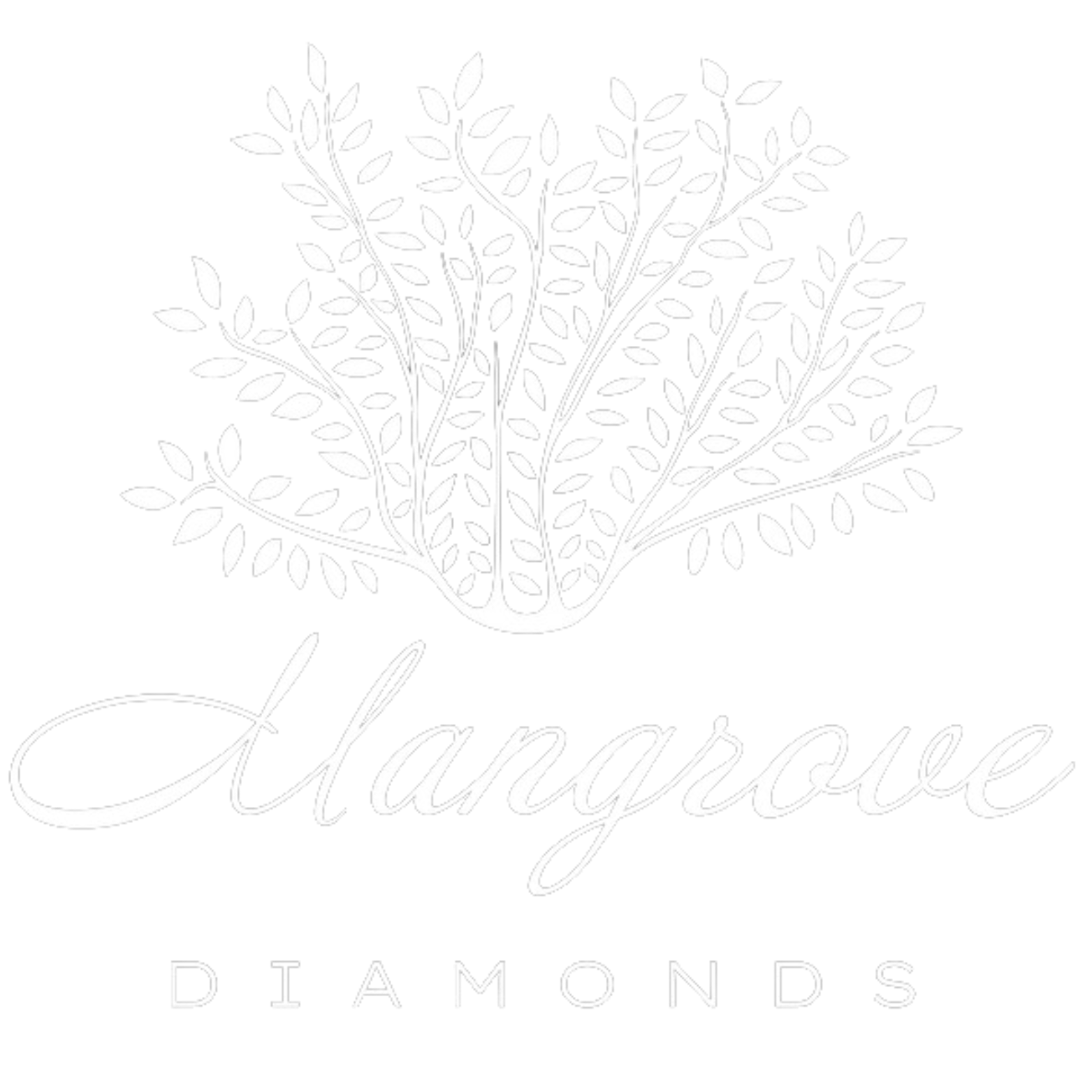What is a lab grown diamond?
Forget the myths - lab grown diamonds are the real deal. Although they are not mined, they are authentic diamonds through and through.
Lab grown diamonds are the same as natural diamonds as created by carbon, not imitation cubic zirconias or moissanites that have been historically recognized as diamond alternatives.
They share the same brilliance and fire as their ancient underground counterparts. They rate the same on the hardness scale and have the same ability to disperse light into a rainbow of colors.
Lab grown diamonds are diamonds. While natural diamonds are formed over eons deep in the earth, lab grown diamonds emerge after months of ingenious human engineering.
Their origins may differ, but the result is the same: A diamond that has 56 facets for a round brilliant cut diamond, sharing the same 4Cs: Colour, Clarity, Cut and Carat Weight.
Lab grown diamonds are the real deal. They have the same physical and chemical properties as mined diamonds, including dazzling brilliance and hardness. The only difference is their origin. While natural diamonds form underground over billions of years, lab grown diamonds are created in a matter of weeks using advanced technology. Their futuristic genesis may inspire questions, but make no mistake - they are bona fide diamonds. So when you want an ethical, sustainable diamonds with stunning sparkle, lab grown is the way to go. Real diamonds, innovative origins.
Lab grown diamonds are often questioned by people who wonder if they are genuine diamonds. However, the truth is that lab grown diamonds are real diamonds, just like natural diamonds. The only difference between them is the way they are formed. While some may view lab grown diamonds as fake, this is not the case. The term "lab grown" may imply something synthetic, but this is not accurate for lab created diamonds. It is important to note that lab grown diamonds are not the same as diamond simulants like cubic zirconia. They are genuine diamonds created through a different process.
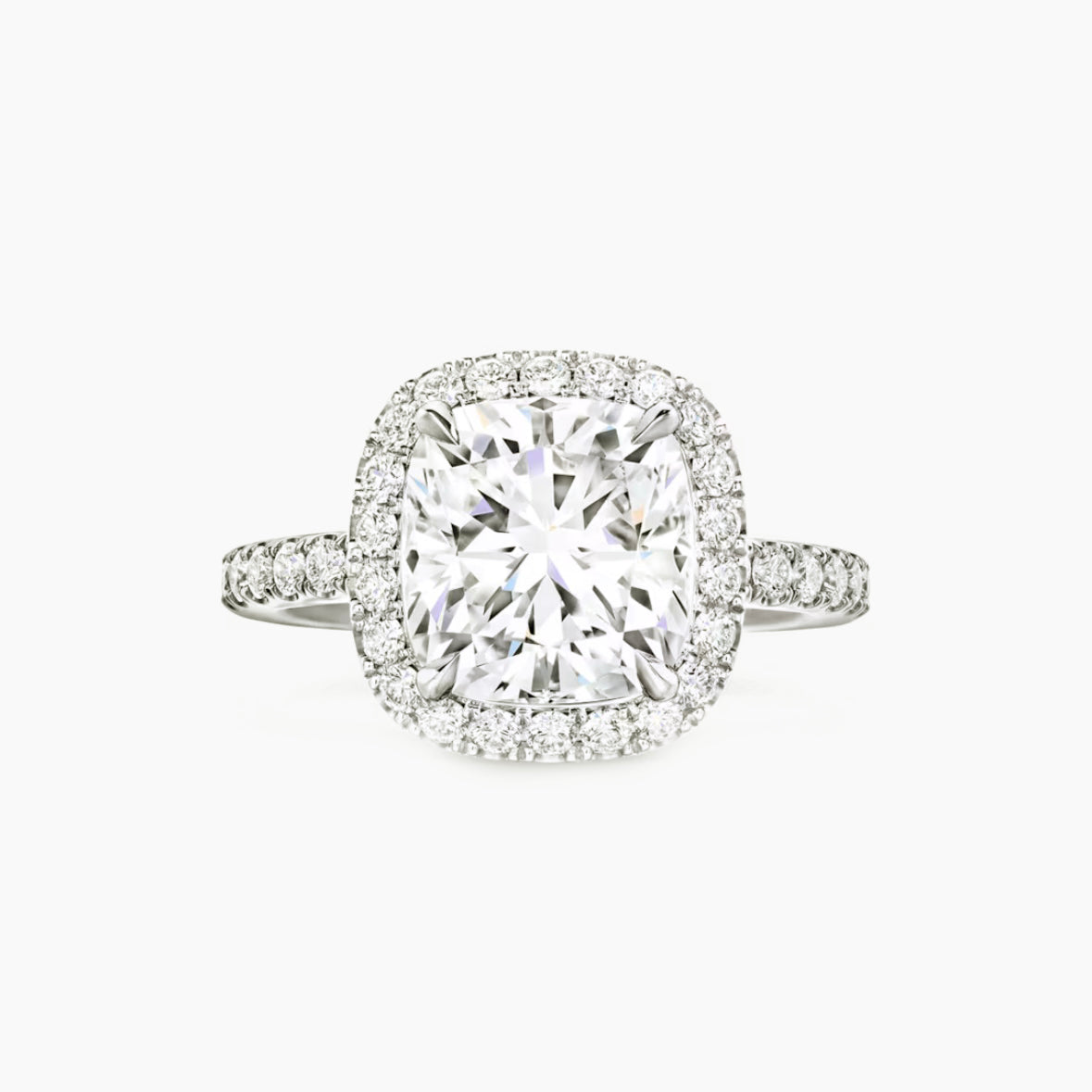
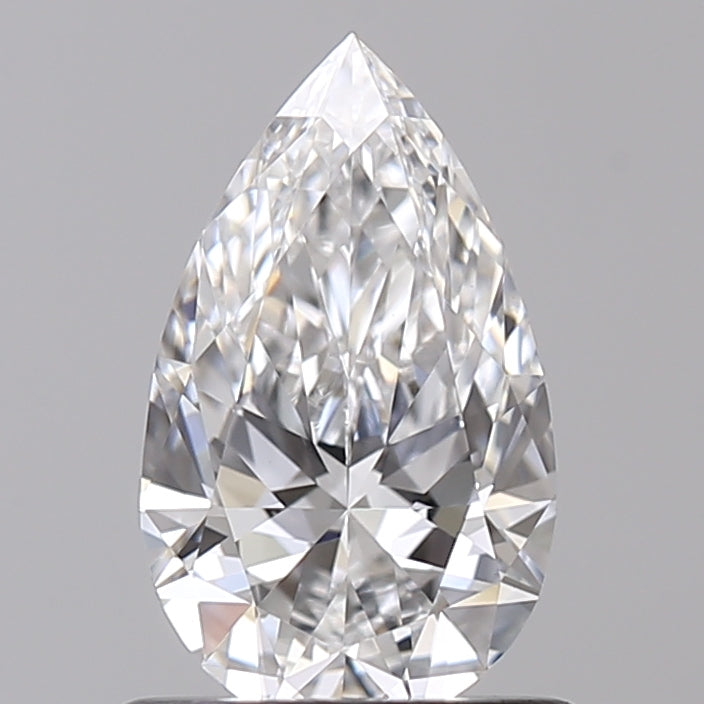
How Are Lab Grown Diamonds Made?
A lab grown diamond will undergo one of the below two processes during manufacturing process: High Pressure-High Temperature (HPHT) or Chemical Vapor Deposition (CVD).
When it comes to creating lab grown diamonds through the High Pressure-High Temperature (HPHT) process, there are three distinct manufacturing methods: the belt press, the split-sphere (BARS) press, and the cubic press. Despite their differences, all of these methods rely on extremely high temperatures and pressures to create an environment that is conducive to diamond growth. Essentially, a diamond seed coated in carbon is exposed to temperatures of around 1,500 degrees Celsius and pressures of approximately 1.5 million pounds per square inch.
This causes the carbon to melt around the seed, resulting in the formation of pure carbon diamonds that are indistinguishable from natural diamonds in terms of their quality.
When it comes to creating lab grown diamonds using the Chemical Vapor Deposition (CVD) process, the process begins with a single diamond seed. Unlike the HPHT process, the seed is placed in a carefully controlled environment that is filled with a carbon-rich gas, like methane. The seed is then exposed to a temperature of around 800 degrees Celsius, which causes the carbon particles in the gas to stick to the diamond seed. As a result, a pure carbon diamond is formed that is identical in quality to a natural diamond.
What Are Lab Grown Diamonds Made Of?
Regardless of whether a lab grown diamond is created using the HPHT or CVD process, the outcome remains constant - a diamond made of pure carbon. The reason this is possible is that both lab grown diamonds and natural diamonds are made up of the same substance, which is pure carbon.
Ultimately, the process used to create a diamond does not affect its composition and, therefore, the end result is the same - a diamond that is chemically and physically identical to a natural diamond.
Lab grown diamonds are indistinguishable from natural diamonds in terms of their optical, physical, and chemical properties. The only difference between them lies in their origin. If you choose a lab grown diamond over a natural diamond, you don't have to compromise on quality as both will shine with equal brilliance and sparkle.
The chemical composition of a lab grown diamond has a direct impact on the 4Cs of diamond quality, which were established by the Gemological Institute to determine a diamond's overall quality. These are:
Color: A diamond's color is evaluated on an alphabetical scale, ranging from D (colorless) to Z (yellow).
Clarity: The clarity of a diamond is determined by the presence of natural inclusions or imperfections within the stone.
Cut: The cut of a diamond affects the way that light enters and exits the stone, determining its overall brilliance and sparkle.
Carat weight: The weight of a diamond is measured in carats, with each unit equivalent to 0.2 grams.
All of these factors work together to determine the value of a diamond. The higher the quality of a diamond, the more valuable it is likely to be.
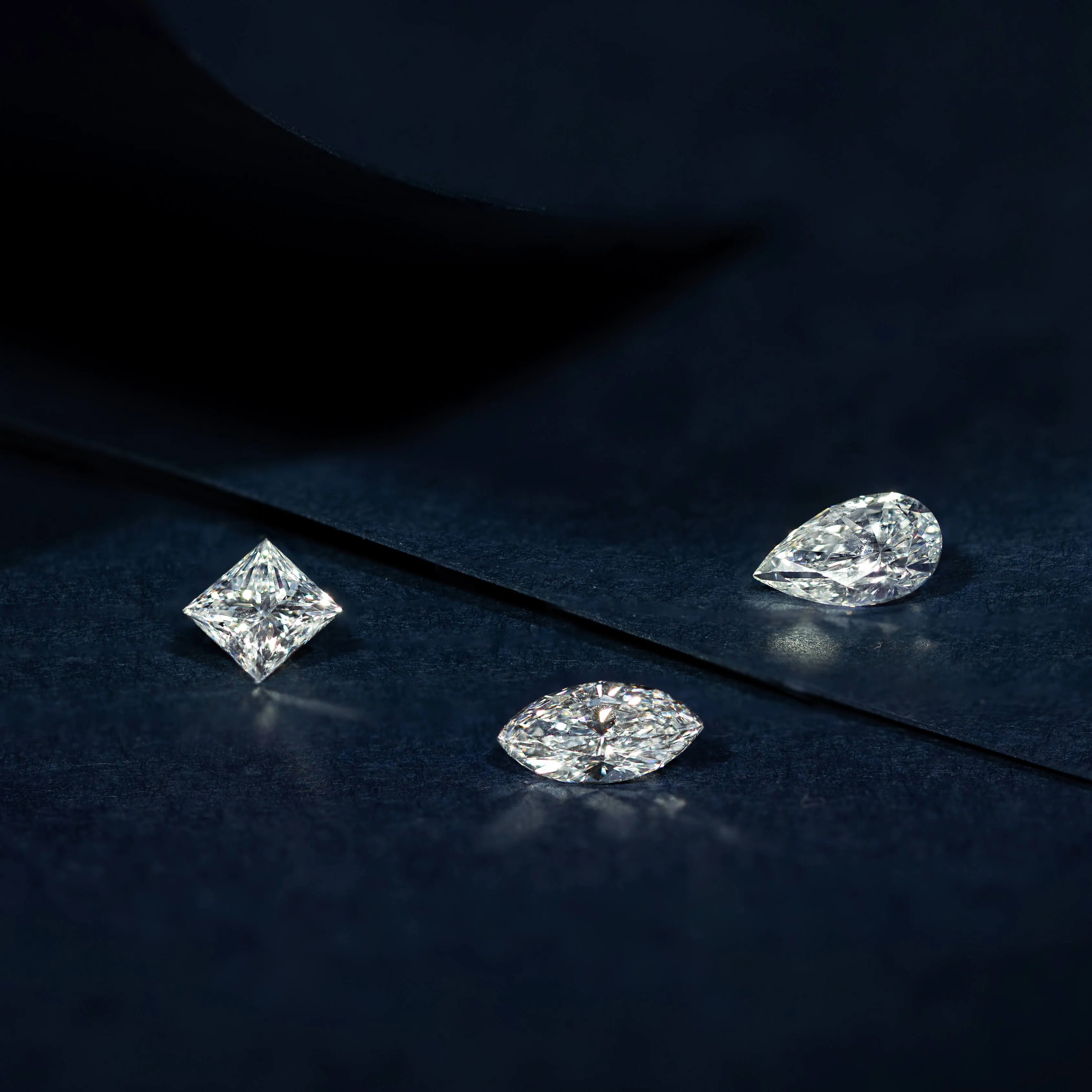
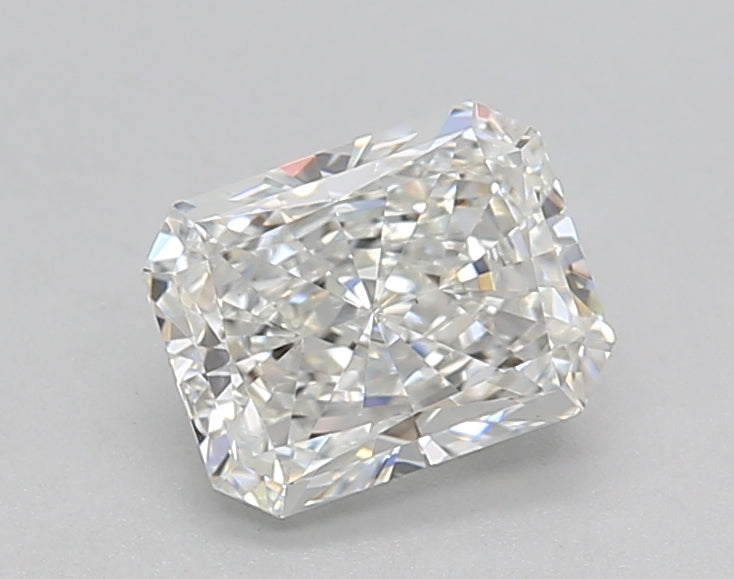
Lab Grown Diamonds - Grading And Evaluation
The 4Cs of diamond quality - color, clarity, cut, and carat weight - are widely recognized as the most commonly used criteria for assessing diamonds. However, it is important to note that there is no universally accepted standard for grading diamonds. Different certification labs may use slightly different grading systems, and some may even use additional criteria beyond the 4Cs.
One of the most well-known and respected certification labs in the diamond industry is the Gemological Institute of America (GIA). The GIA was established in 1931 and is a non-profit organization that is dedicated to research and education in the field of gemology. The GIA is known for its strict grading standards and its use of a comprehensive diamond grading system that takes into account many factors beyond the 4Cs.
Another popular certification lab is the International Gemological Institute (IGI), which was founded in 1975. The IGI is headquartered in Antwerp, Belgium, and has offices in many other countries around the world. The IGI is known for its focus on education and research, as well as its use of advanced technology in the grading and evaluation of diamonds.
